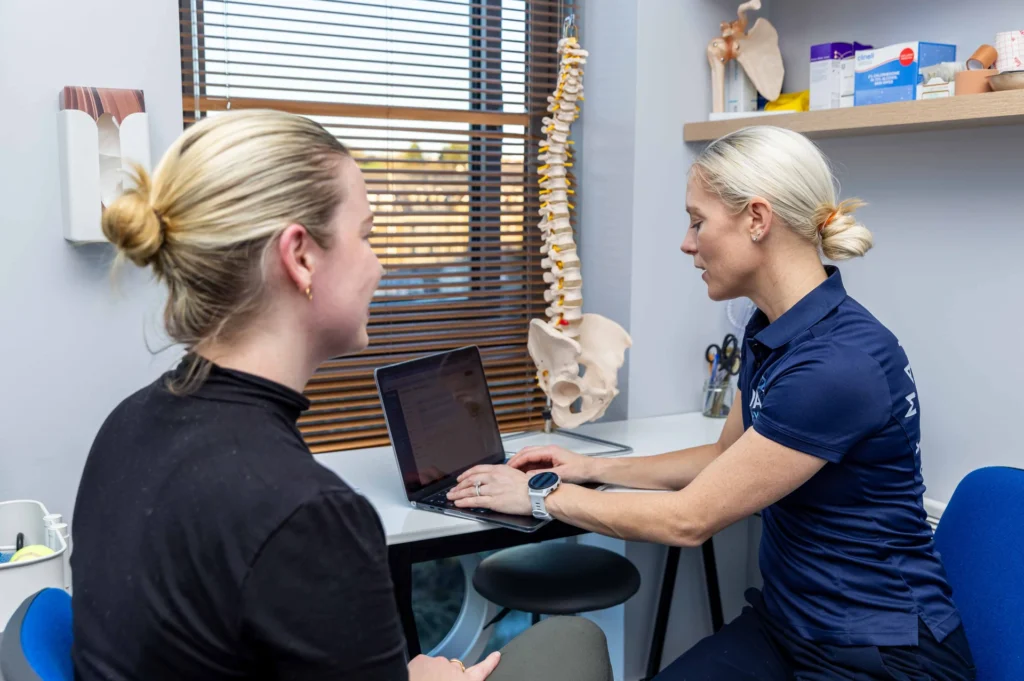Incontinence is the involuntary leakage of urine or stool, affecting physical, emotional, and social well-being. Physiotherapy plays a vital role in managing this condition.
Types of Incontinence
- Stress Incontinence: Leakage during activities like coughing, sneezing, or exercising.
- Urge Incontinence: Sudden, intense urges to urinate, leading to leakage.
- Mixed Incontinence: A combination of stress and urge incontinence.
- Overflow Incontinence: Difficulty emptying the bladder completely, causing dribbling.
Physiotherapy for Incontinence
- Pelvic Floor Muscle Training (PFMT):
- Strengthens pelvic muscles to support the bladder and prevent leakage.
- Techniques include Kegel exercises and biofeedback tools.
- Bladder Training:
- Helps retrain the bladder to hold urine for longer periods.
- Focuses on delaying urination and establishing a schedule.
- Lifestyle Modifications:
- Addressing dietary triggers (e.g., caffeine, alcohol) and weight management.
- Electrical Stimulation:
- Stimulates weak pelvic floor muscles, improving strength and function.
- Education and Support:
- Teaching proper toileting habits and ergonomic positions for voiding.
